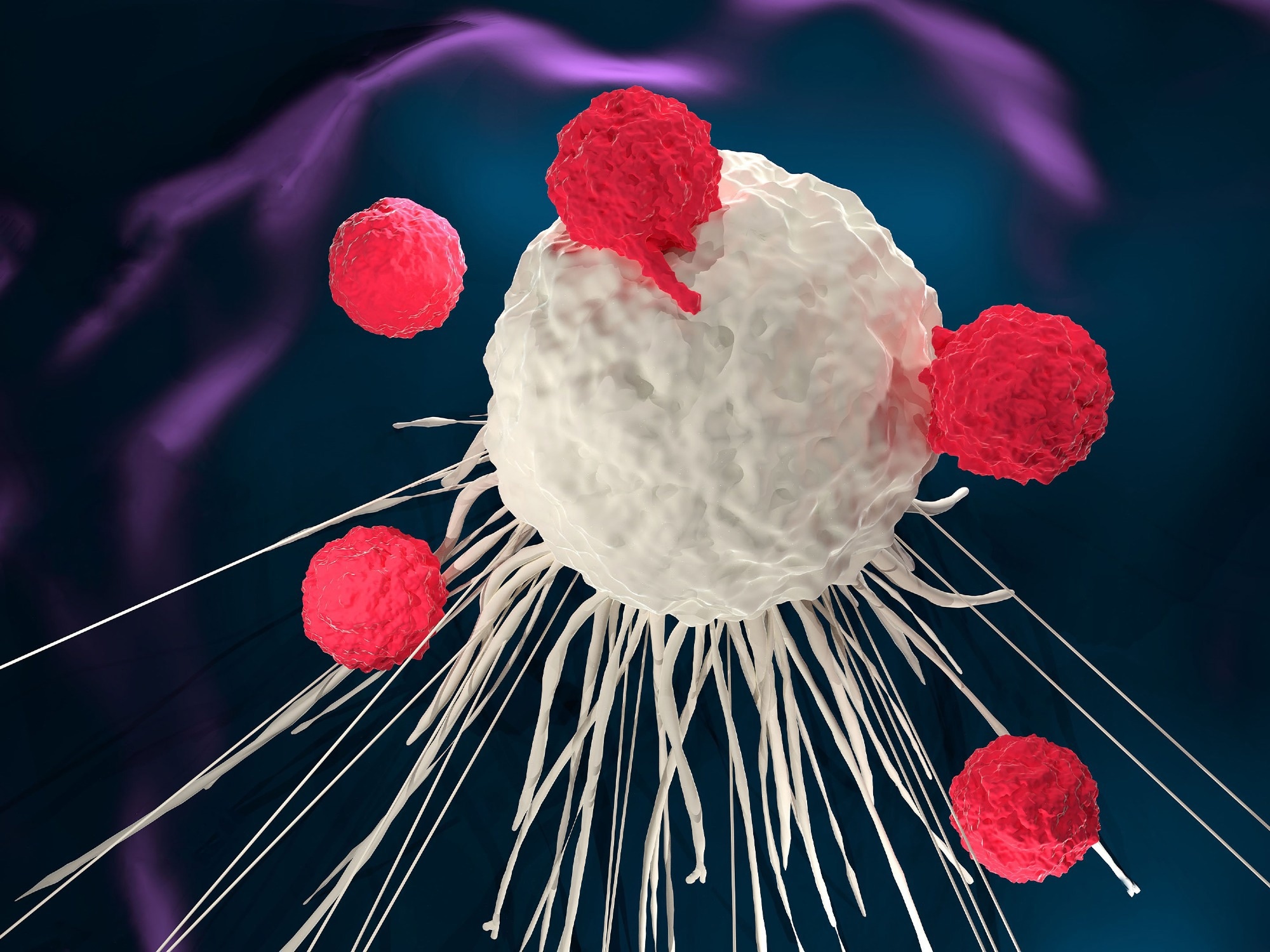The immune system’s capacity to remember defeated disease-causing germs and avoid recurrent infections is still poorly understood, but a new study published in Science Immunology fills in some gaps.

Image Credit: Shutterstock
The researchers at Rutgers University employed specially bred mice to identify the functions of two types of immune cells known as tissue-resident memory T cells (TRM cells), which protect against infection and cancer. Their research could aid in the development of vaccines and the treatment of autoimmune diseases.
Understanding what each TRM cell type does allows us to formulate vaccines that generate the most effective type of TRM cell to combat a given infection, and our previous work suggests we can modify vaccines to shift the balance of these two cell types.”
Tessa Bergsbaken, Study Senior Author and Assistant Professor, New Jersey Medical School, Rutgers University
Bergsbaken added, “TRM cells are not always beneficial. Certain autoimmune disorders can be driven by TRM cells, and we think what we have learned will also help us discover how these cells can turn against us.”
Each new infection prompts the immune system to create personalized T cells (a type of white blood cell) to protect itself. After the struggle is won, the immune system continues to produce those same T cells (albeit in much lower quantities) in case the invader returns.
Many T cells circulate throughout the body “looking” for the antigen they are supposed to protect against, but TRM cells attach themselves to the body’s barrier tissues, including the skin, eyes, nasal passages, and the entire digestive tract.
Previous research has revealed various subtypes of TRM cells, which are distinguished primarily by the expression of two particular proteins, CD103 and CD69. However, the functional differences between TRM subtypes remained unknown.
Researchers generated mice that could detect CD103+ TRM cells produced in response to Yersinia pseudotuberculosis, a common bacterial infection. As a result, they were able to distinguish the response of CD103+ cells to reinfection from that of CD103- TRM cells.
They discovered that CD103+ cells did not proliferate the following reinfection or directly assault the intruders. Instead, it was the CD103- cells that proliferated and attacked the germs following reinfection.
Bergsbaken further added, “What we saw was essentially a division of labor between these two distinct cells, but the CD103- TRM cells played a more important role. Generating a higher number of these CD103- TRM cells during the initial infection or vaccination would likely result in better protection from a subsequent infection.”
Source:
Journal reference:
Fung, H. Y., et al. (2022). CD103 fate mapping reveals that intestinal CD103− tissue-resident memory T cells are the primary responders to secondary infection. Science Immunology. doi.org/10.1126/sciimmunol.abl9925